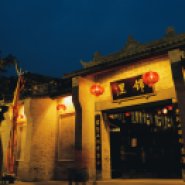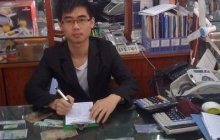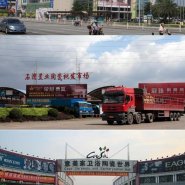China Guide
Top China Tour Guides
China Articles
Top China Tours

$200 Per Day
CHENGDU, A PANDA CITY, A GOURMET CITY, A TEA CITY, LOOKING FOWARD TO YOUR ARRIVAL
Chengdu, with an area of 12,400 square kilometers and a polulation of about 14,170,000 is not just the biggest provincial capital in west China, but also the only city in the history of China whose...
Location: China, Sichuan Province, Chengdu, Leshan
Duration: 3 to 5 days

$238 Per Day
Private Hangzhou Day Trip from Shanghai by Bullet Train
Take in the highlights of beautiful Hangzhou on a private full-day tour from Shanghai. After hotel pickup and transfer by high-speed train to Hangzhou, your private guide takes you to see some city...
Location: China, Shanghai, Zhejiang Province, Hangzhou
Duration: 1 day

















